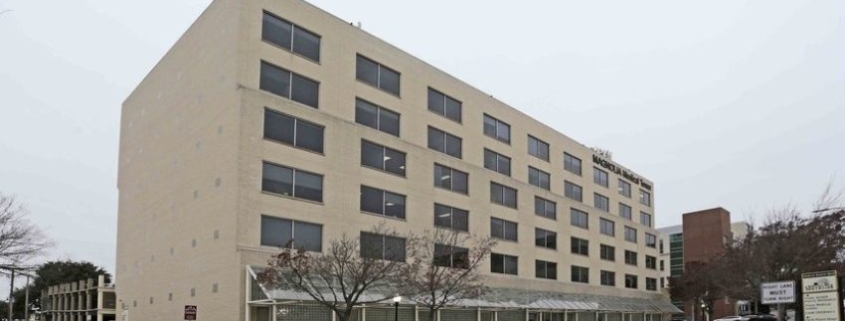Dentists, optometrists, physicians and even veterinarians are opening practices in Dallas-Fort Worth at a rapid rate.
Among metropolitan areas, Dallas-Fort Worth-Arlington experienced the largest numeric growth not only from 2017 to 2018 (131,767) but also from 2010 to 2018 (1.11 million).
Dallas and Fort Worth are now the ninth and 13th most populous US cities. The 2018 total populations were 1.345 million and 895,008 respectively.
Migration, both domestic and international, as well as natural influx contributed to the growth in each of these areas, with natural increases serving as the largest source of population growth in Dallas and domestic migration serving as the largest source in Phoenix, according to the US Census Bureau.
Tarrant County was ranked eighth from 2017 to 2018 (27,463) and sixth from 2010 to 2018 (274,276) among cities including Arlington, Fort Worth and Grand Prairie. Fort Worth was ranked third among the top 15 cities with populations of 50,000 or more that had the largest numeric increase from 2017 to 2018 (19,552), according to Xite Realty.
Collin County experienced the fourth largest numeric growth from 2017 to 2018 (33,753) nationwide. Cities in Collin County include Allen, Carrollton, Frisco, McKinney, Plano and Richardson. Frisco and McKinney were ranked 10th and 13th respectively among the top 15 cities with populations of 50,000 or more that had the largest numeric increase from 2017 to 2018, says Xite.
With healthcare demand creating added opportunities, investors are clamoring to get in on the action. And late last month, HR Acquisition of San Antonio Ltd. did just that with its purchase of Magnolia Medical Tower in Fort Worth for an undisclosed price.
Private real estate investment firm Ridgeline Capital Partners purchased the 89,990-square-foot medical office building located in the Fort Worth Medical District three years ago. Ridgeline renovated the lobby and common areas in 2017, helping to increase its occupancy and rental rates.
The six-story building was built in 1985 and is located adjacent to the Baylor All Saints Medical Center, with access to Cook Children’s Medical Center, Texas Health Harris Methodist Hospital Fort Worth and Plaza Medical Center of Fort Worth. The building has a well-rounded tenant mix including primary care, oncology, orthopedics, cardiology, urology, OB/GYN, neurology and pain management.
“The building has no use restrictions while offering a lower rent than other on-campus MOBs in the area,” Jeff Axley, Ridgeline’s managing principal, tells GlobeSt.com.
JLL’s Healthcare Capital Markets Group brokered the sale on behalf of Ridgeline.
“This property is very well-situated in the Fort Worth Medical District, and we hope the new owners continue to enjoy the success we have experienced,” Axley says.
Source: GlobeSt.
 The Class “A” medical office building was recently developed to consolidate multiple physician practice groups and ancillary services into one location. With 14 practice groups, the property provides patients with convenient access to a variety of specialties and services, including ENT, orthopedics, gastroenterology, pain medicine, family practice, and physical therapy.
The Class “A” medical office building was recently developed to consolidate multiple physician practice groups and ancillary services into one location. With 14 practice groups, the property provides patients with convenient access to a variety of specialties and services, including ENT, orthopedics, gastroenterology, pain medicine, family practice, and physical therapy.







